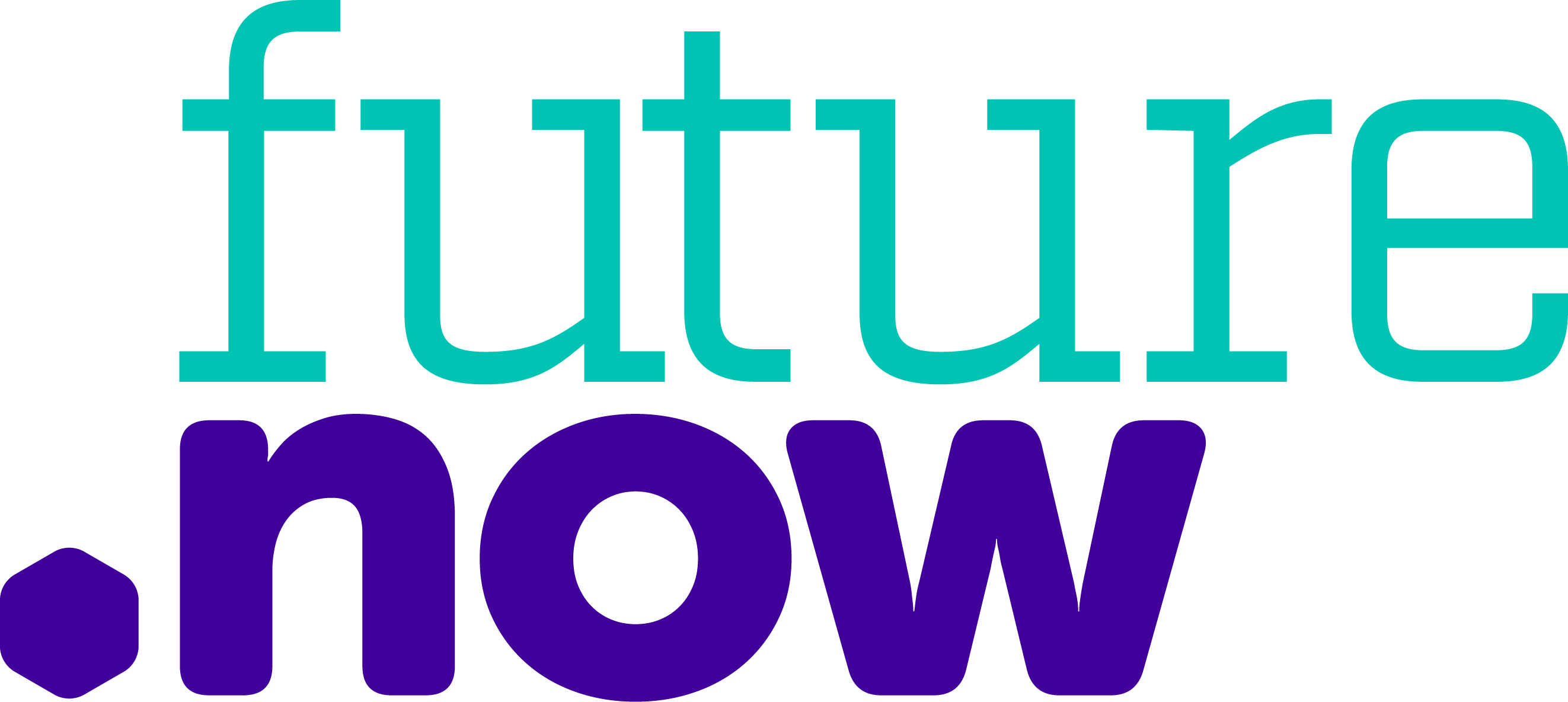Members’ Area
Back
Good Things Foundation
Learn My Way
LevelFoundationEssential

What it does
Learn My Way is a website with free online learning content, helping people develop digital skills to stay safe and connected and to make the most of the online world.
Topics range from what you need to know to get started using a device, such as how to use a mouse and keyboard right through to how to manage your money online or improve your health.
How it helps
On Learn My Way you can find lots of easy-to-understand content to help you develop digital skills for life and work. Learn My Way is easy to navigate so that you can easily find the topics that best meet your learning goals and interests.
The website can be accessed by individuals who want to complete independent learning or it can be used by organisations to support the people they work with to develop the digital skills they need.
How to access
Access via Learn My Way website
Who to contact
Connect with the team via: https://www.learnmyway.com/contact-us
Which skills are covered in this course?
You can act with caution, understanding that online activity comes with risks (e.g. use anti-virus software, share information securely or avoid certain types of site such as piracy websites)
You can be careful with what you share as you know that online activity produces a permanent record that can be accessed by others (e.g. publicly shared photos, personal information or opinions)
You can follow data protection guidelines online (e.g. following data storage and retention guidelines, not sharing or using other people’s data or media such as movies or music without their consent)
You can identify secure websites (e.g. by looking for the padlock and ‘https’ in the address bar)
You can identify secure Wi-Fi networks to connect to (e.g. Wi-Fi networks where a unique password is required, trusted source or padlock next to Wi-Fi network)
You can recognise suspicious links and know that clicking on these links or downloading unfamiliar attachments is a risk (e.g. Spam/phishing emails, texts, pop ups)
You can respond to requests for authentication for online accounts (e.g. resetting your password when you’ve forgotten it, two factor authentication, using a remote access key or an authenticator app)
You can set privacy and marketing settings for websites and your accounts (e.g. managing social media privacy settings, managing cookie settings, updating contact preferences)
You can update your device software/ operating systems when necessary to prevent viruses and other risks (e.g. enabling automatic updates, or installing when prompted to do so)
You can set up and manage an account on a professional online network/ community/job site (e.g. LinkedIn, Total Jobs, Indeed)
You can use workplace digital tools to create, share and collaborate with colleagues (e.g. Microsoft Teams, OneDrive, G-Suite, Office 365, WeTransfer, DropBox, WebEx, Slack)
You can securely access, synchronise and share information at work across different devices (e.g. manage email, calendar or appointment system via different devices)
You can find information online that helps you solve work related problems (e.g. Search Engines, IT helpdesk, software providers, peer networks)
You can improve your own and/or the organisation’s productivity using digital tools (e.g. Trello, Microsoft Projects and Planner, Slack)
You can use appropriate software that is required of your day-to-day job (e.g. spreadsheets, online booking systems, HR management, workflow or sales management)
